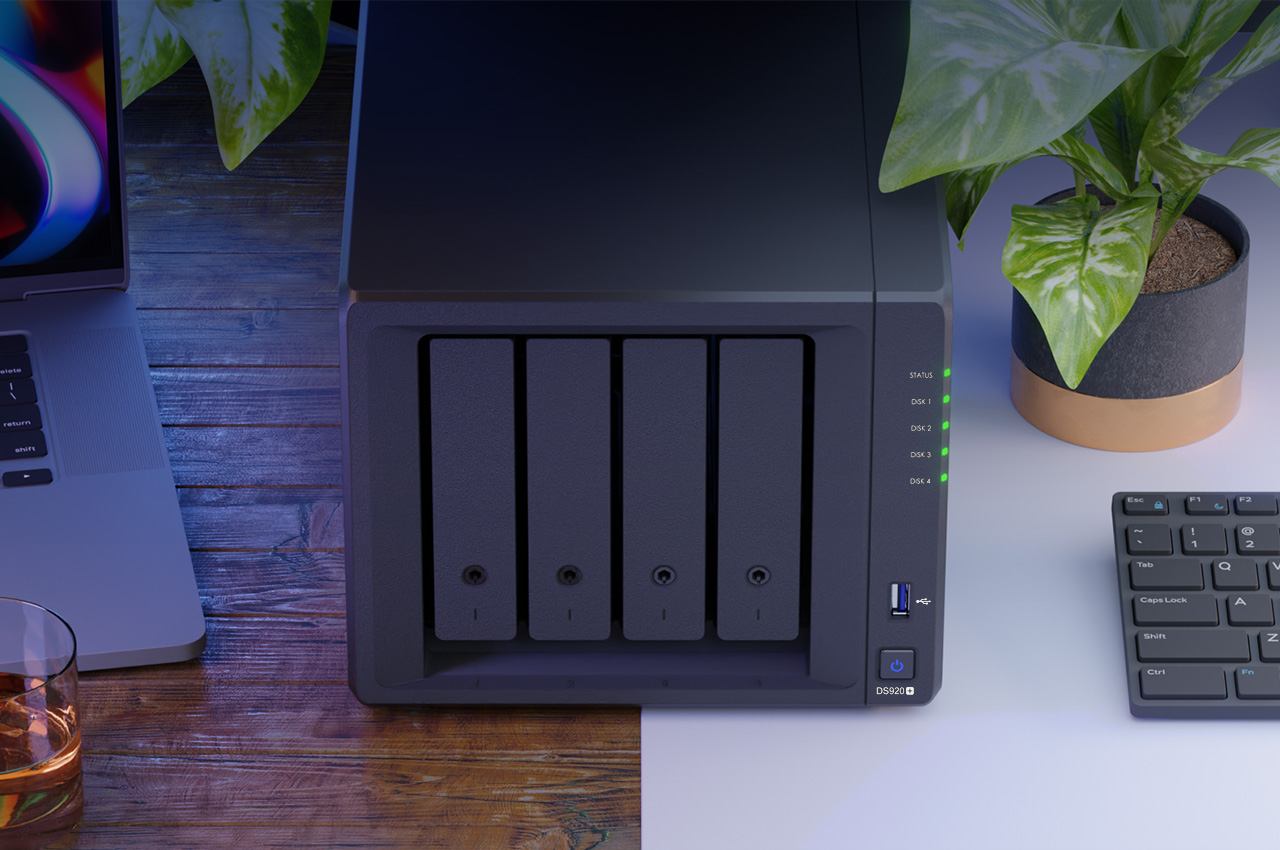Memories. From that one all-out foodie trip to Taiwan you and your friends took, to that romantic trip to Japan that you and significant other embarked on, right before the pandemic hit. In both scenarios, you took loads of photos, marking important moments and memories, obviously, ranging from heartwarming to the downright goofy of all photobombs.
When it comes to stowing them away into a form of cold storage, though, there are several options one turns to. The first and more traditional way of storing them is, of course, to transfer all those photos into external storage, be it in the form of a portable HDD or USB drive. As tried and tested as this medium is, these components are not free of issues, chief among them being a lack of accessibility, especially for a society that is virtually dependent on having their data, both on tap and on-the-go.
The other and more current medium of storage is the cloud. With virtually every Tom, Dick, and Nancy owning a smartphone these days, uploading a recent or newly capture photo can be done with a flick of the finger, literally. But again, this method isn’t without its own set of flaws: for those subscribed to a cloud provider, the basic storage space is usually limited and if you want more, that’s when they hit you with the subscription fees.
Of course, in regards to the latter storage method, there is actually a viable alternative: invest in a personal NAS. In this case, a Synology NAS.
What Is A Synology NAS?
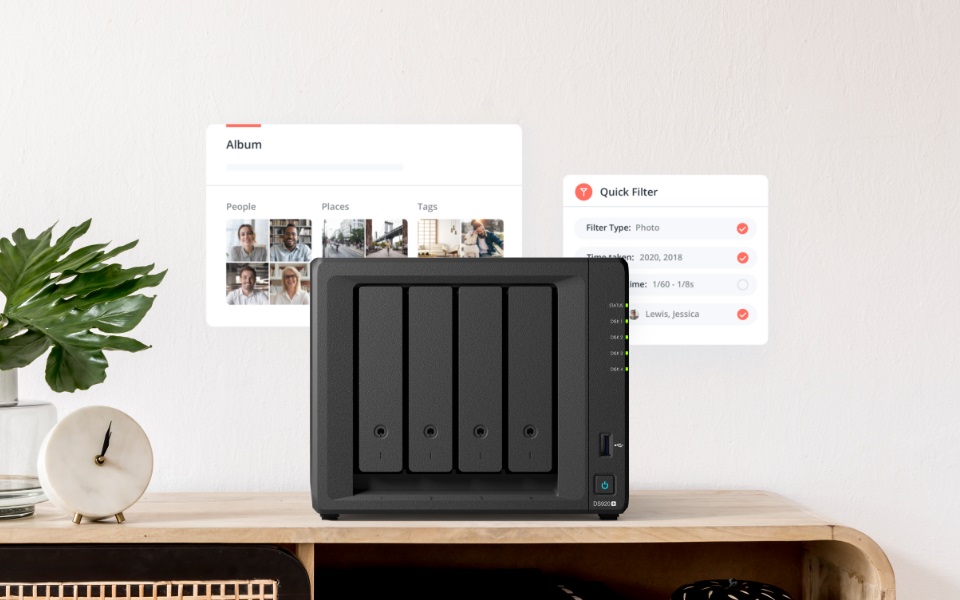
For those among you who have been living under a rock and don’t quite know what a Synology NAS is, allow us to provide some measure of clarity as to what a NAS is.
An abbreviation of Network-attached Storage, a NAS is basically a storage solution that caters to individuals or groups with a desire for full control or personalisation over the data that they own. Moreover, these data storage devices can connect directly to a network, making access to any data stored on it conveniently accessible.
But Why A Synology NAS?
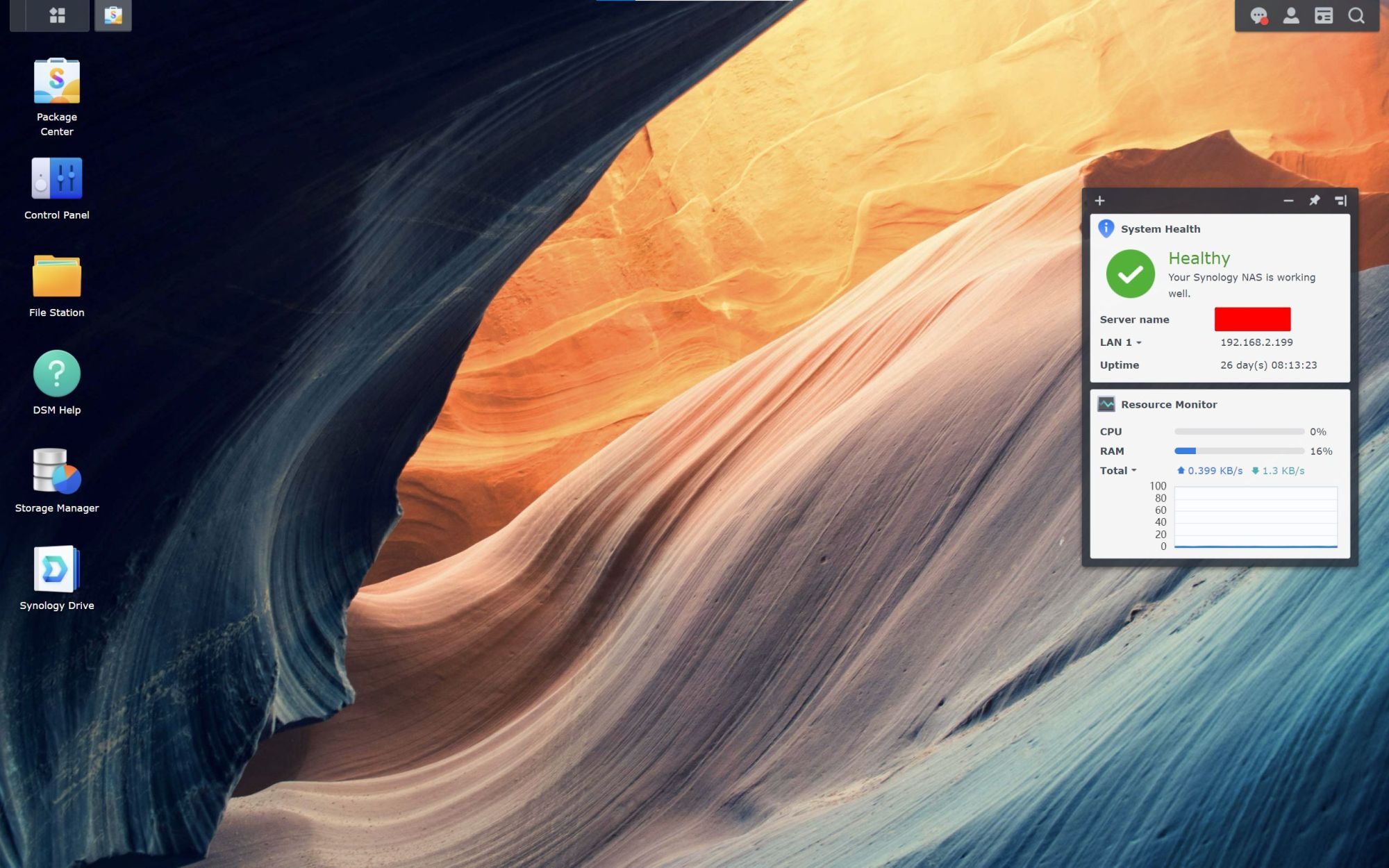
One of more appealing aspects of the Synology NAS is its relative ease of operability. In the case of Synology’s products, they’re powered and run on the brand’s OS, DiskStation Manager (DSM). Upon installation, users will find that the OS – especially the latest DSM 7.0 version of it – is intuitive and relatively easy to navigate. Not only that, but Synology also offers a cornucopia of software, most of which are free with each purchase of the brand’s NAS, be it a DS920+ or DS220+.
The Ideal NAS And Perfect Alternative For Photo Storage
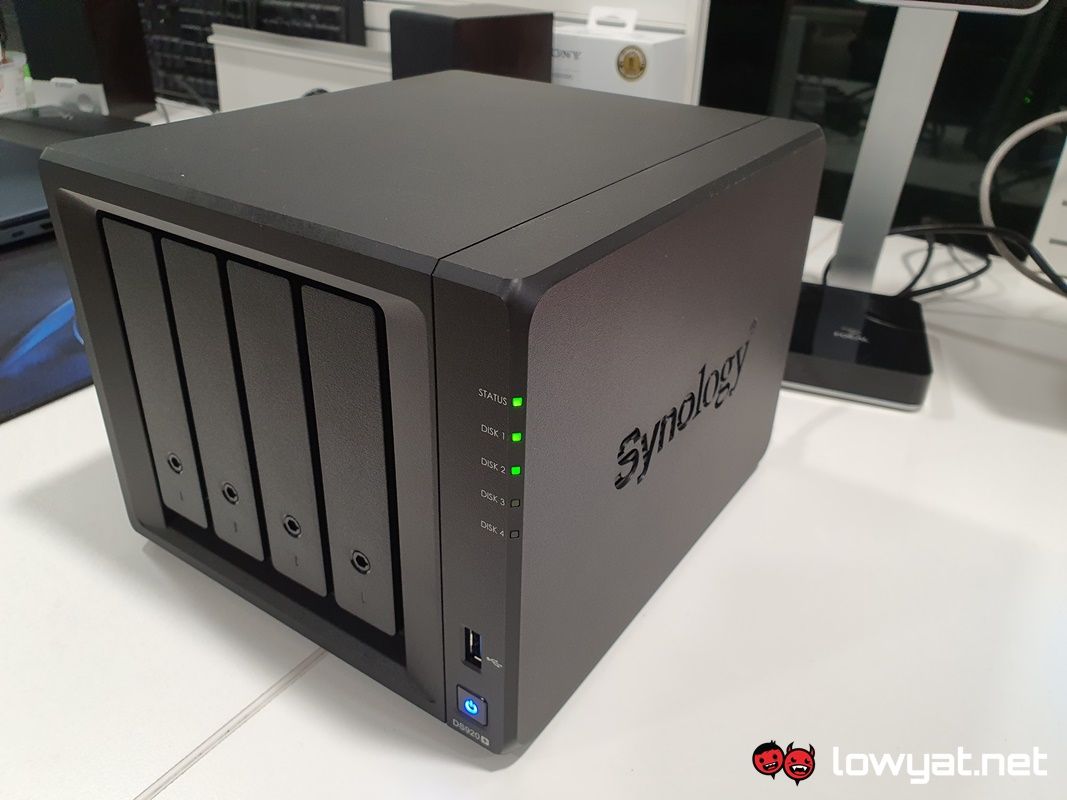
At this stage, the question in your head is “Where do I start?”. Well, it depends. For the amateur and hobbyist photographer, we recommend the DS220+. A two-bay, entry-level NAS, the DS220+ is powered by a dual-core Intel Celeron J4025 CPU, and 2GB DDR4 RAM that can be expanded to 6GB. Importing and uploading photos are a breeze, thanks to boosted photo indexing, shorter database response times, guaranteeing smooth file management across PC and mobile platforms.
For the power user, one particular NAS that you can pick is, naturally, the DS920+. As one of Synology’s top-of-the-line NAS solutions, the DS920+ comes with up to four bays and can be expanded up to nine bays, all capable of housing full-sized 3.5-inch HDDs or 2.5-inch SSDs, making it the perfect solution for anyone that has a tendency to hoard photos or an itchy shutter finger. Internally, the NAS is powered by an Intel Celeron J4125 quad-core CPU that turbos up to 2.7GHz, and a standard 4GB DDR4 RAM, but that can be upgraded to 8GB.
Another major benefit to owning a DS920+ is access to Synology’s SSD Cache technology that can be used to boost transfer speeds to and from the NAS significantly, but you will need to install a couple of NVMe SSDs inside its undercarriage in order to take full advantage of the feature.
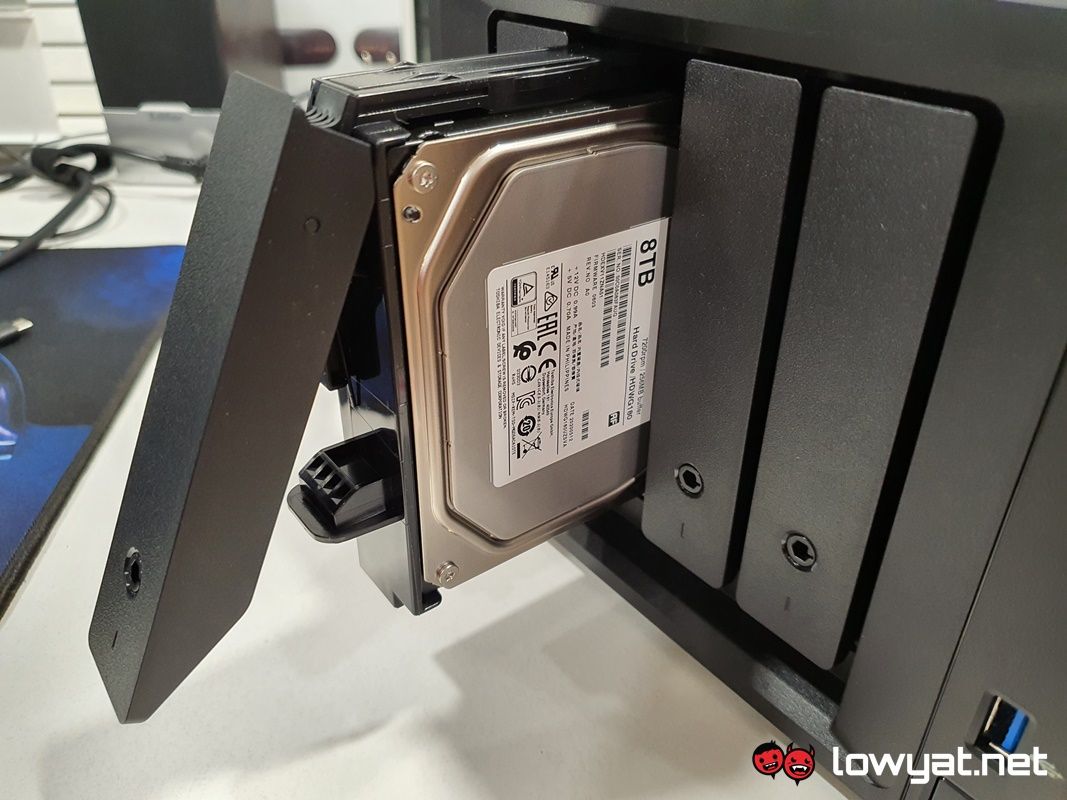
Of course, the biggest draw of the Synology NAS is freedom: with your own NAS, you get to determine the storage capacity of your own personal cloud. More importantly, there are no monthly fees to be paid if you want more space.
Interesting. Anything Else I Should Know About?
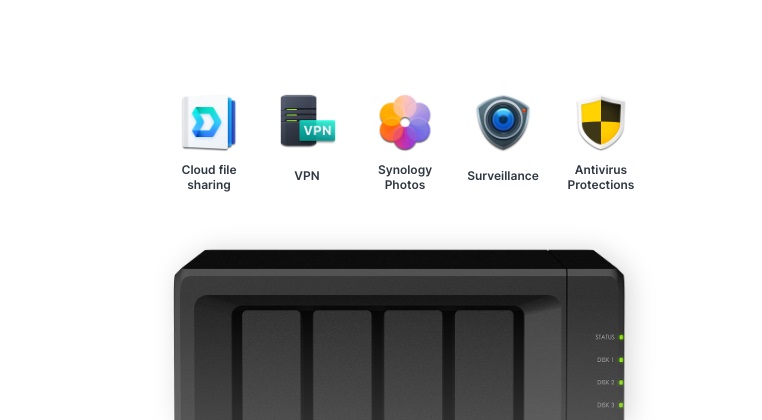
With more than 100 apps that are tailored to users’ needs, a Synology NAS is more than just a storage: It’s a comprehensive photo management solution. With it, you can import your photos directly from your smartphone, external hard drives, or another cloud service provider, all through the use of the Synology Photo app. As an extra added assurance, using the NAS and its built-in app also means no data loss, scattered photos, and more importantly, no recurring fees for its use, monthly or annually.
To get started, all you’ll need to do is to enter DSM, go to the Package Centre, and install Synology Photos. Once installed, simply choose the directory that all your photos are kept, link it to Synology Photos and just like that, all your memories are stored in an easy-to-reach section of your NAS.

So, if all that we’ve said so far has convinced you to get a Synology NAS, you can learn more about the functions, dos, and don’ts of the storage solution over here. Additionally, Synology is also currently hosting a contest where one lucky winner will be awarded a free DS220+ NAS, plus TnG vouchers for 5 winners thereafter. To join up, simply provide your correspondence, answer the survey, and just wait for the official email.
This article is brought to you by Synology.
Follow us on Instagram, Facebook, Twitter or Telegram for more updates and breaking news.


